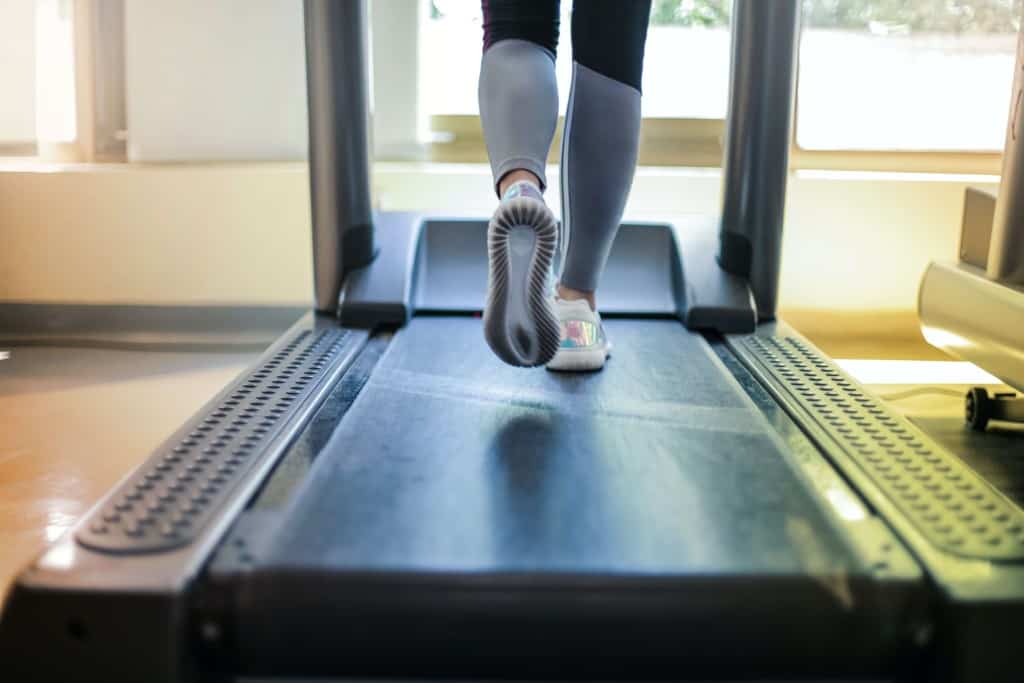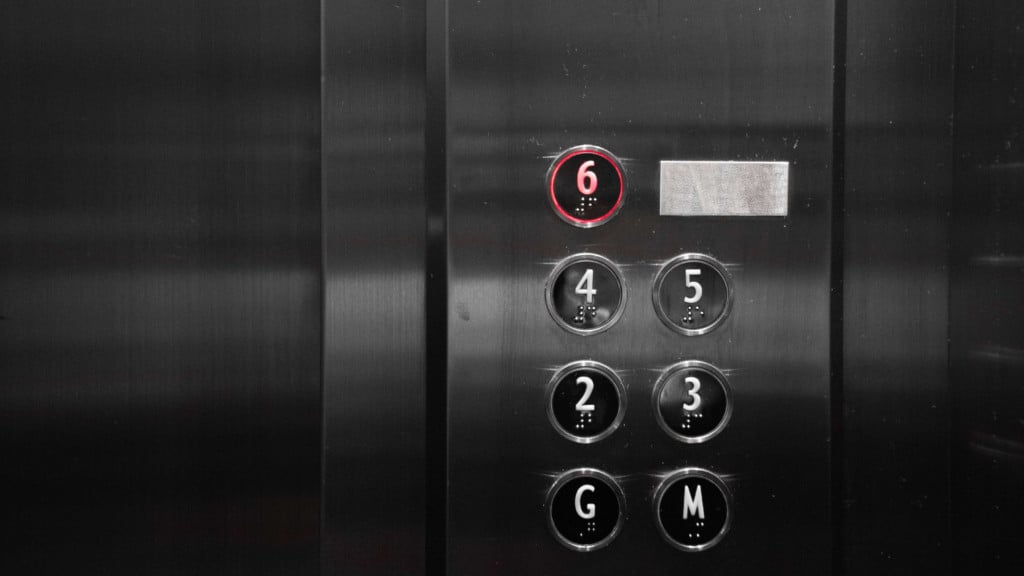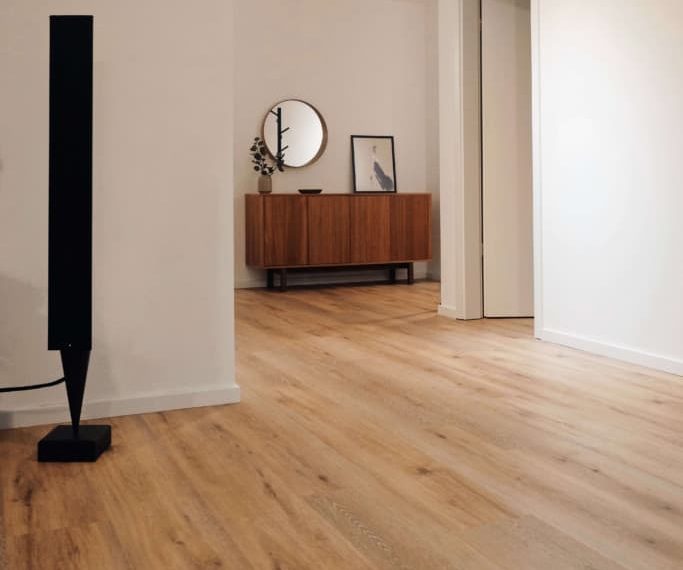
Exercising at home can be a great alternative to the gym, but often comes with many questions. One popular question is “Can I have a treadmill in an apartment or condo?”
A majority of the time, you can have a treadmill in your apartment. But, there are many variables to consider such as space, time of use, noise, etc. And as always, it’s best to check the specifics of your lease agreement with your landlord before taking action.
There are 5 areas we will explore to answer whether having a treadmill or other exercise equipment in your apartment is a viable option:
Table of Contents
Can I Have a Treadmill in an Apartment?
Having the option to run on a treadmill at home, can be a huge advantage for some people. But, before you go for it, you will need to figure out a few important details.
Asking yourself the following questions first can save a lot of headaches later on:
1. Does My Lease Allow It?
Usually, this is a glance over the lease agreement. If your lease is unclear, or if you just want to make sure, you can also contact your landlord/leasing office to confirm.
2. Do I Have the Space?
With the large assortment of treadmills available, this shouldn’t be too much of an issue. Many residential models are smaller than the larger versions you might find at the gym. Be sure to measure and plan first.
3. Can My Electric Systems Handle the Load?
Most residential treadmill models can be used with a standard 120V, grounded, dedicated outlet. Using a surge protector is also a good idea to help prevent damage to the machine (many manufacturers suggest unplugging the machine after each use).
Some bulkier, commercial models may require larger capacity outlets and require additional electrical work. These larger units are probably overkill for a residential situation.
4. Will This Affect My Neighbors?
Running on a treadmill can produce quite a bit of noise. We’ll talk a little more about noise reduction later on, but before moving a treadmill in, be sure to keep in mind the environment around you.
Your neighbors probably like having a quiet apartment just as much as you do 🙂
5. Can I Get the Treadmill In My Apartment?
It seems like a very basic question, but there can be a lot of steps to getting a treadmill into your living space. Be sure to take into consideration the weight of the treadmill, if there are stairs or a large enough elevator, and the width of door frames.
Can I Have a Treadmill Upstairs?

Having a treadmill on the second floor (or higher) can add some interesting hurdles to running at home. This doesn’t necessarily disqualify you from having a treadmill, but you’ll have a couple of additional questions to consider:
1. Am I Physically Capable of Getting The Treadmill Upstairs?
While many treadmills have small wheels attached to help with moving, they can still be quite awkward to maneuver through tight spaces.
Carrying a unit up/down stairs can be particularly demanding physically. Plan to have a strategy before moving begins. Consider what tools or help you might need. And if you aren’t reasonably able to do this yourself, consider asking friends/family for help, or hiring someone to do the move.
2. What is Below My Apartment?
Is it another residential apartment? Is it ground? Or is it a commercial space (like a storefront or restaurant)?
No matter who is below you, it is a good idea to check with them before you start regularly running inside. Familiarize yourself with any “quiet hours” that your neighbors may request and be sure to honor them.
It’s better to preemptively address any issues before they become problems. We’ll talk about how to diminish noise and vibrations later in this post.
Will A Treadmill Damage My Floor?

No matter where you are placing a treadmill, you should always consider the potential for damage to the underlying surface.
Not only can treadmills be quite heavy, but the very act of running on them can cause the whole machine to move slightly, which can tear or scratch flooring. Making smart decisions about placing your exercise equipment can also prolong its life.
The first step is to know where you want to place the treadmill.
It’s either going to be a softer surface like carpet or a harder surface like wood or concrete. Opt for a harder surface if possible. The carpet isn’t the best.
Putting a treadmill on the carpet may intuitively seem like a good idea (it’s soft to absorb vibrations and cancel out some noise). However, the weight and small movement over time can do lasting damage to your carpet, which could cost you a lot of money for repairs.
Additionally, as the treadmill runs, the motor may suck up small fibers and dust, which can reduce the lifespan of the treadmill. Also, keep in mind that all treadmills will occasionally need lubrication and maintenance. It’s much better to have any spills on an easily cleanable surface.
One of the best ways to protect your floor is to use a sturdy mat under the treadmill. A thick, rubber mat will help prevent any damage to the floor and help stabilize your exercise equipment.
Here are a few tips that will help you protect your flooring (and your treadmill), using careful placement.
3 Key Ideas When Placing The Treadmill
1. Make sure it is level with at least a few feet of space on every side.
2. Use an equipment mat if possible. In addition to floor protection a thick, rubber mat does well with vibration absorption and noise cancellation.
3. If not using a mat, find a clean, empty surface that will reduce any dust/fiber from being sucked into the motor.
5 Tips for Reducing Treadmill Noise
Treadmill noise comes from three sources:
- The actual noise of the motor/belt
- Your feet while walking/running
- The vibrations caused by the treadmill can go into walls and the floor
Below are 5 quick tips to dampen noise from your treadmill:
Tip #1: Use an Equipment Mat
Just as with floor protection, using a thick, rubber mat, (even on carpet) will help dampen the vibrations from the treadmill and cushion any steps that you take while running.
Tip #2: Place the Treadmill in a Strategic Location
Bring your treadmill away from any interior walls and as far away from “quiet spaces” (e.g. bedroom, study) as you can. Remember to be mindful of neighbors, especially anyone who might be on the floor below you.
While it may look out of place, having the treadmill closer to the center of the room helps reduce the spread of noise.
Tip #3: Run During Off Hours
Try to use your treadmill during specific times throughout the day when others may be at work or not home. This opens you up to more freedom when it comes to noise.
Make sure to be clear with others (roommates and neighbors) when you intend to use the treadmill and stick to the schedule.
Tip #4: Consider Soundproofing
If you’re willing to put in a little extra effort, you can look into soundproofing the room where you have the treadmill. A few wall panels can help to reduce sound vibrations.
Tip #5: Get a Good Pair of Running Shoes
A good pair of running shoes can actually help lessen the impact noise of your feet on the belt. So, if you’re running in a pair of old clunkers, then you may want to go ahead and buy new running shoes.
But, for any of these tips to be helpful, you’ve got to do something else first. You’ve got to figure out how to get your treadmill into your apartment.
How to Get a Treadmill Into My Apartment?

Even smaller treadmills can still be bulky and generally pretty heavy. Be sure to have a clear plan before moving.
Here are some tips to help you move a treadmill into your apartment (without breaking anything):
Tip #1: Check if Your Treadmill Folds
Some treadmills can be folded down (usually the handles fold down onto the belt) or safely disassembled to help make them less bulky. Figuring out how to properly fold and secure your treadmill before moving, can make a huge difference when you’re actually trying to lug the thing upstairs.
Tip #2: Check for Wheels
Does your treadmill have wheels? If yes, then that will affect your moving plan and can make it easier to handle in some situations.
Tip #3: Use a Furniture Dolly
Especially if your treadmill doesn’t have wheels, then consider using a furniture dolly to help with the move. Using the right tools can make the job a lot easier.
Tip #4: Wrap Corners
It’s a good idea to wrap the corners of your treadmill with blankets or other padding materials, especially if they are sharp, metal, or pointy. You don’t want to hurt yourself or someone else when you’re trying to lift/move the treadmill.
Tip #5: Measure the Stairs
This may sound odd, but in addition to measuring your door frame, make sure you also measure your stairs/elevator to make sure the treadmill will fit through.
Tip #6: No Less Than 2 People
Have at least two people moving when stairs are involved. Don’t try to do it solo. Two people who are physically capable are the minimum, and it can also be helpful to have the stronger person stationed at the bottom since that’s where the brunt of the weight will be handled.
Wikihow.com has a nice illustrated walkthrough of these different scenarios here.
Related Questions
How do you move a treadmill downstairs?
To move a treadmill downstairs, start by making a plan. Measure the machine and space. If possible, fold and secure the handles down or safely disassemble parts of the treadmill before moving. Recruit one or more people to help you, and station the stronger person lower on the stairs. Then carefully carry it down.
Are treadmills loud in apartments?
Treadmills can create a decent amount of noise in apartments due to three causes: The machine parts moving (motor/belt), your steps while walking or running, and vibrations transferred to the floor and walls. All three areas can be reduced to manageable levels, but there will always be noise generated.
